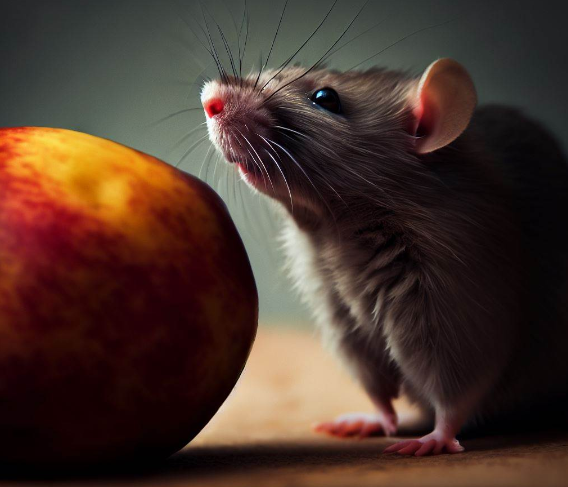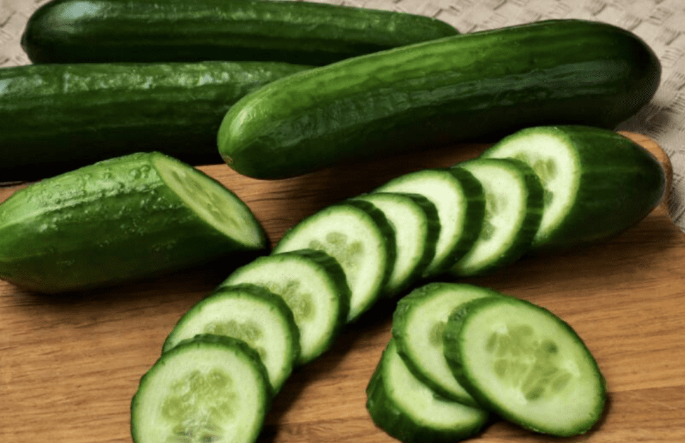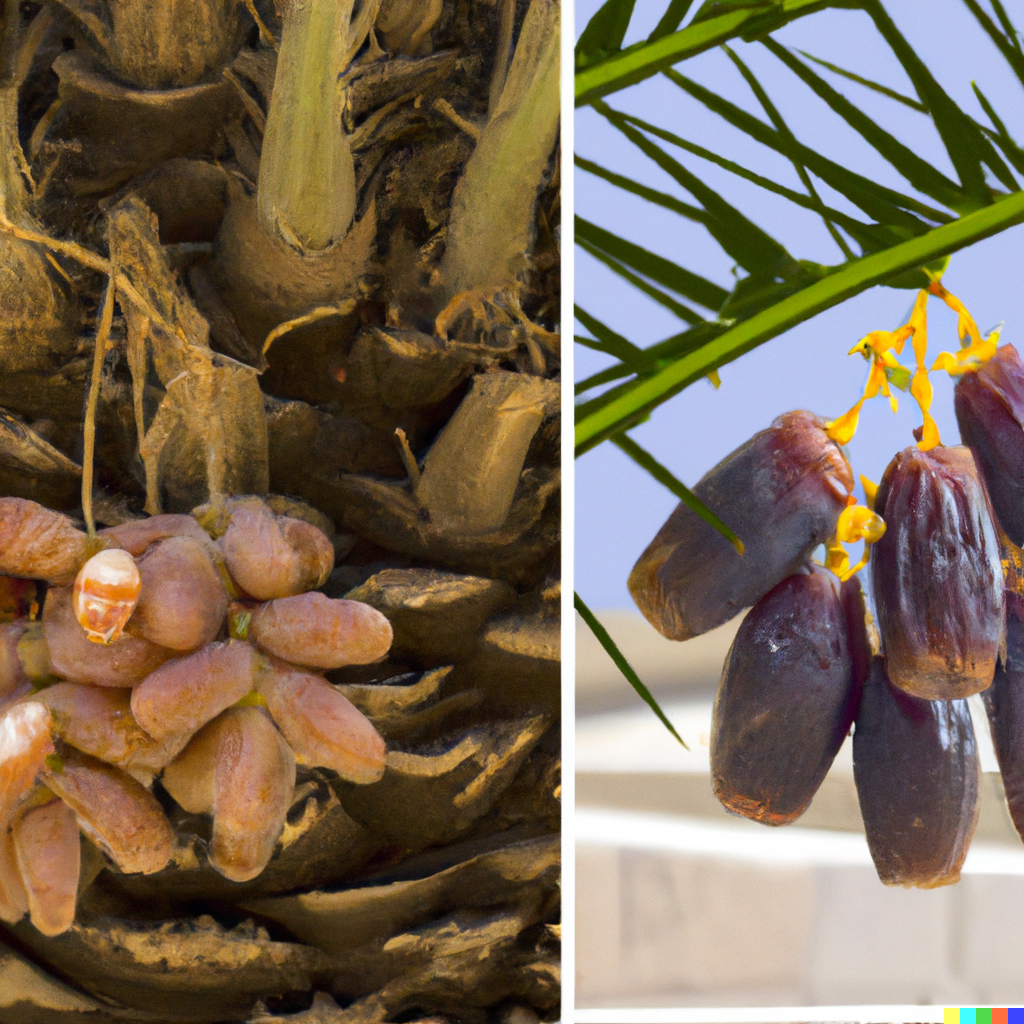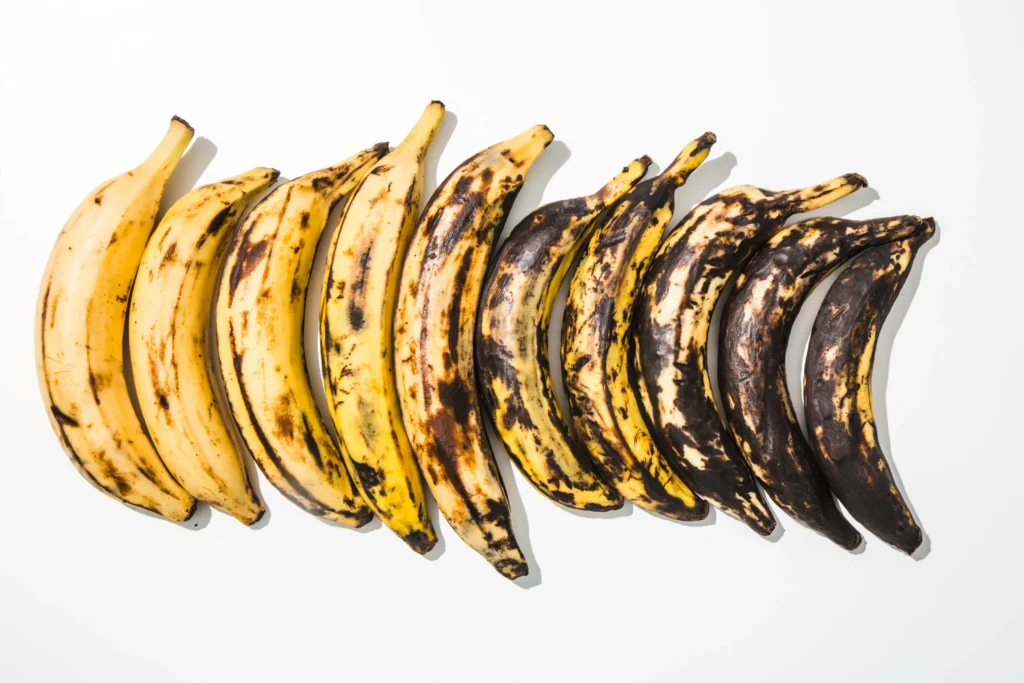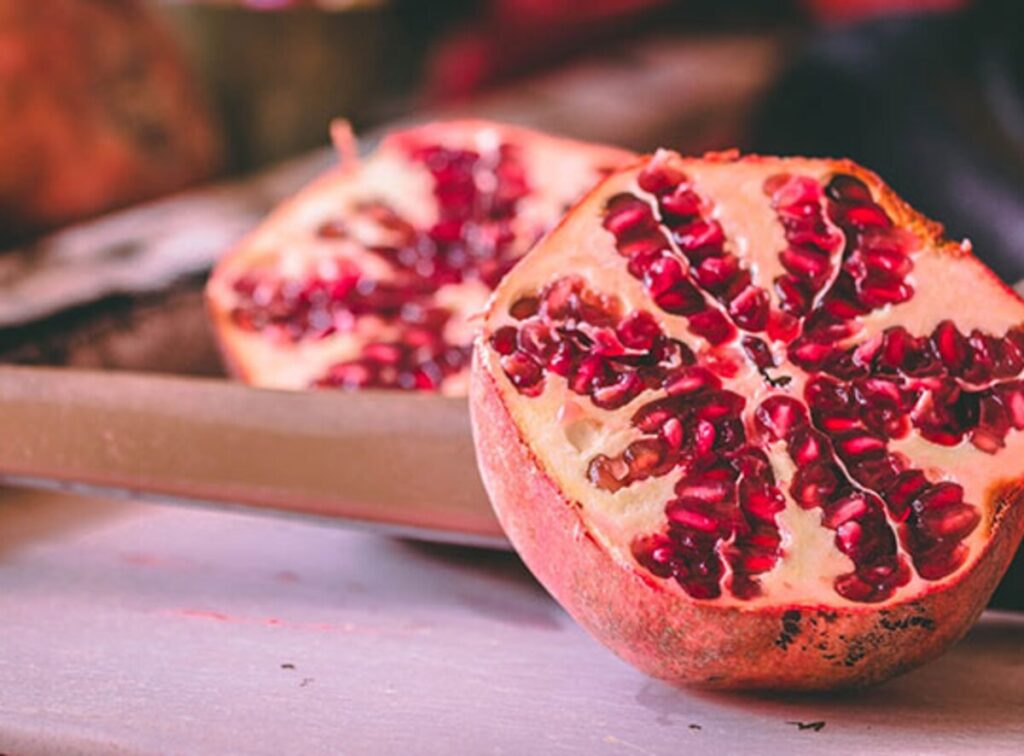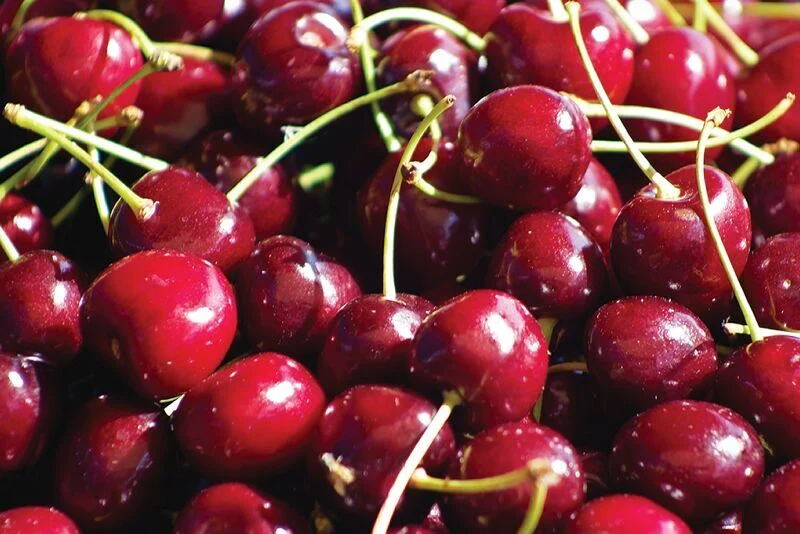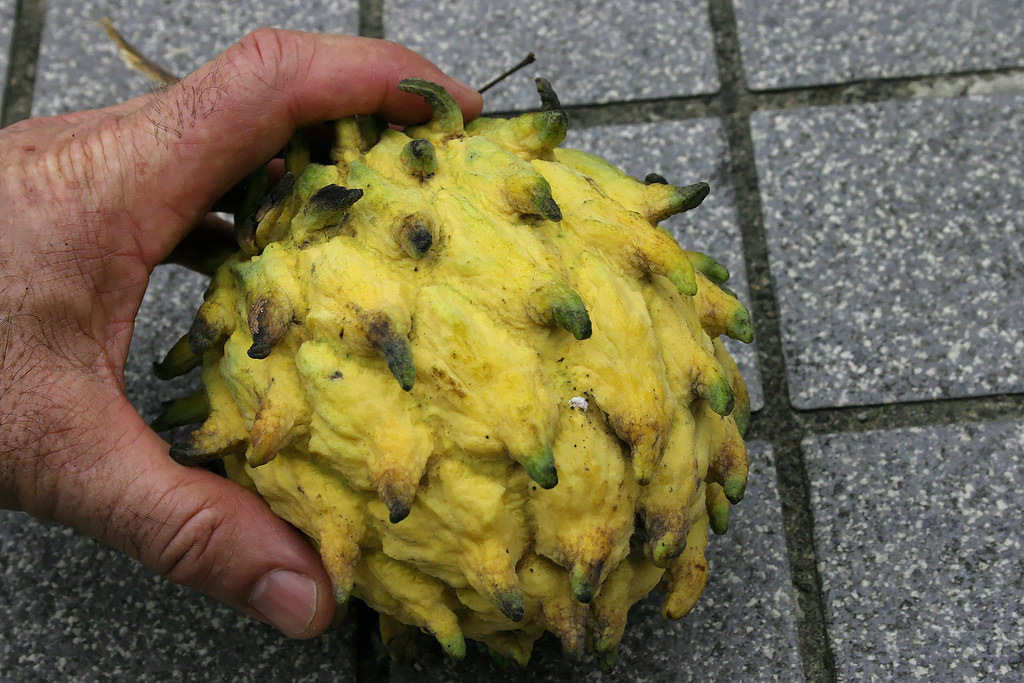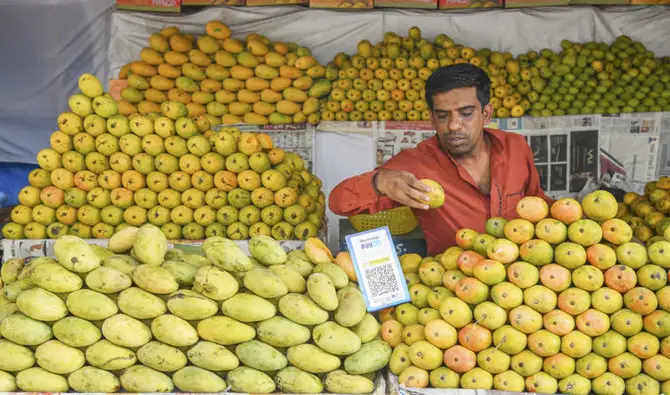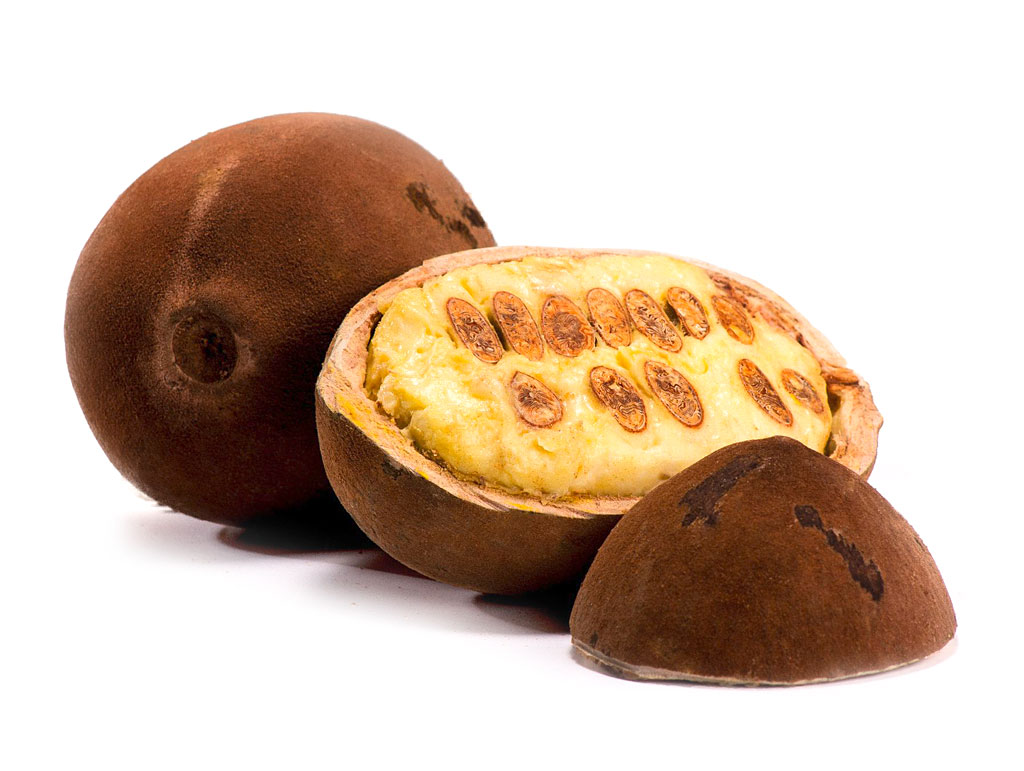When we think of fruits like apples, oranges, and bananas, we often picture them with tiny black or light brown seeds, and sometimes no seeds at all.
So, you might be curious if any fruit out there has red seeds tucked inside its juicy layers. Good news – the answer is yes! Actually, a few fruits like this exist. But what’s the reason behind these red-colored seeds?
Fruits are quite diverse. They come in various forms and hues, including the shade of their seeds. While it’s more common to see seeds in shades of brown or black, some fruits break the mold with striking red seeds.
The fruit we’re talking about is the amazing pomegranate. Crack one open and you’ll see loads of red seeds, each wrapped in a juicy covering known as an aril. Pomegranates have been around for thousands of years, captivating people with their unique appearance.
Table of Contents
The Interesting Parts and Background of Pomegranates
Pomegranates are a type of berry. Their tough outer skin keeps the inside safe, where you can find those juicy red arils and seeds. The aril is the tasty, red part that surrounds the actual seed.
The pomegranate tree probably first grew in areas near what is now Iran and northern India. This fruit is one of the oldest that people have grown, showing up in 1500 BC writings. Ancient people really valued pomegranates for their beauty and flavor. You can find pomegranate images in old paintings, clothing designs, and buildings.
These days, pomegranates grow in places with Mediterranean weather, which means hot, dry summers and cool winters. States like California and Arizona in the U.S. also grow lots of pomegranates. More than 500 types exist, and they vary in aspect like size, color, and taste.
What Makes Pomegranate Seeds Red?
Pomegranate seeds get their vivid red color from natural dyes called anthocyanins, found in water. The amount of this dye depends on which kind of pomegranate it is.
Anthocyanins are a group of antioxidants, which are like helpful nutrients for plants. They help plants soak up light, attract insects that help them grow and keep them from getting hurt or sick.
For pomegranate seeds, the red anthocyanins protect them from the sun’s UV rays. These bright colors also tell animals to come and eat the fruit, which helps spread the seeds around. Other fruits usually don’t need this kind of protection as their seeds stay safely hidden inside.
Why Pomegranate Seeds Are Good for You
Those red pomegranate seeds aren’t just pretty — they’re packed with nutrients. They’re full of helpful things like fiber, vitamin K, folate, and potassium.
What’s extra special about them, though, is the antioxidants they have. There are three main types in pomegranate seeds:
- Punicalagins: These are special to pomegranates and make up a big chunk of the fruit’s antioxidant power. They are very good at protecting the body.
- Anthocyanins: We talked about these red pigments already, as they give the seeds their color. They also act as powerful antioxidants.
- Ellagitannins: These are almost only found in pomegranates. When you eat them, your body turns them into helpful compounds that fight against swelling and damage.
Studies suggest that these antioxidants can help:
- Reduce swelling
- Improve how blood flows in the body
- Keep blood vessels healthy
- Lower oxidative stress, which is damage to your cells
- Protect against heart disease and some kinds of cancer
So think twice before throwing those pomegranate seeds away. They’re loaded with unique, protective substances!
Tasty Ways to Eat Pomegranate Seeds
If you’re wondering how to enjoy eating pomegranate seeds, here are some suggestions:
- Throw them on top of salads, yogurt, oatmeal, or cottage cheese. They add a burst of sweetness, color, and crunch.
- Add them to smoothies for a lovely pink color and even more antioxidants.
- Include them in a trail mix with nuts and dried fruits for a tasty snack.
- Boost the flavor and texture of chicken, meat, or veggie dishes simply by adding some seeds.
- Make delicious pomegranate molasses, juice, or jelly.
- Decorate desserts like cupcakes, panna cotta, or ice cream with the seeds to make things festive.
- Use them as a topping for breakfast bowls filled with chia pudding, granola, and fruit.
Remember that the seeds come with the arils, which add extra fiber, nutrients, and sweetness. Enjoy them together to get the full benefits of the pomegranate.
The red seeds of the pomegranate have been a source of wonder for many years. We now understand that their beauty is matched by their health benefits. Enjoy the unique color, taste, and powerful nutrients of pomegranate seeds. After all, it’s often what’s inside that is truly precious.

